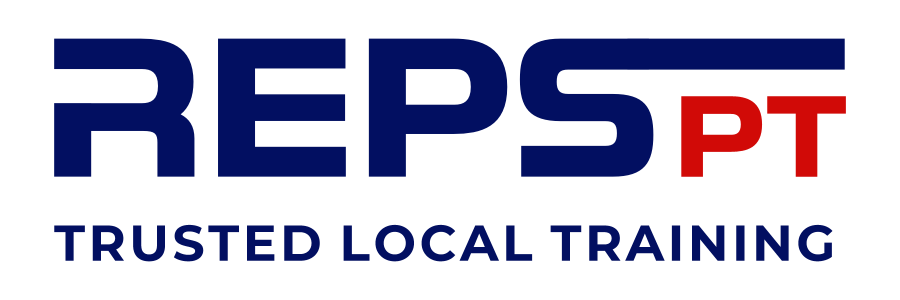The Single Leg Leg Extension is an isolation exercise that primarily targets the quadriceps (the muscles at the front of the thigh). It is typically performed using a leg extension machine, with the focus on one leg at a time. This exercise can be particularly beneficial for building strength, muscle tone, and definition in the lower body.
Benefits of Single Leg Leg Extensions:
-
Isolation of the Quadriceps: One of the main advantages of the single-leg leg extension is that it isolates the quadriceps, allowing for a focused contraction of the muscles. This helps in building muscle mass and strength in the front of the thigh, which is essential for athletic performance, particularly in running and jumping.
-
Balanced Muscle Development: By training one leg at a time, the exercise helps to identify and correct any strength imbalances between the legs. This can be particularly helpful for those recovering from an injury or those who may have one leg that is stronger or more developed than the other.
-
Increased Knee Joint Stability: The leg extension movement helps to strengthen the muscles surrounding the knee joint, contributing to improved knee stability. This can be beneficial for reducing the risk of knee injuries, especially during high-impact activities.
-
Improved Muscle Definition: Because the exercise isolates the quadriceps, it is effective for improving muscle definition and toning the legs. If performed regularly, it can help to sculpt and define the thigh muscles.
-
Enhanced Patella Tracking: Strengthening the quadriceps through exercises like the single-leg leg extension can assist in improving the tracking of the patella (knee cap), ensuring it moves smoothly within the groove of the femur. This can help reduce knee pain and improve overall knee function.
-
Increased Focus on Each Leg: By working each leg individually, the single-leg leg extension allows you to concentrate on one leg at a time, which can be more beneficial for those looking to improve strength or address asymmetries between the legs.
Form and Technique for the Single Leg Leg Extension:
-
Adjust the Machine: Start by adjusting the leg extension machine so that the pad sits comfortably on the lower part of your shin, just above the ankle. Ensure the backrest is set at a comfortable angle, and adjust the seat so that when you sit down, your knee aligns with the pivot point of the machine.
-
Position Your Legs: Sit down on the machine with your back firmly against the backrest. Place one foot on the pad, ensuring that your other leg is either positioned off to the side or resting on the floor, depending on the design of the machine. Keep the knee of the working leg bent at a 90-degree angle to start.
-
Grip the Handles: If the machine has handles or a support bar, grasp them for stability. This helps prevent any unnecessary movement in the torso and allows you to focus solely on your legs.
-
Perform the Extension: Slowly extend your leg by straightening your knee. Keep your foot flexed (toes pointing slightly upwards) throughout the movement, and avoid locking the knee joint at the top. Focus on using your quadriceps to push the weight, rather than relying on momentum.
-
Control the Descent: After reaching the fully extended position, slowly lower your leg back to the starting position. Maintain control throughout the descent, ensuring that your quadriceps remain engaged.
-
Repetitions and Sets: Perform 8-12 repetitions for each leg, adjusting the weight to suit your fitness level. Aim for a controlled and deliberate movement, focusing on the muscle contraction rather than rushing through the exercise.
-
Switch Legs: Once you've completed the desired number of reps on one leg, switch to the other leg and repeat the process. Be mindful of maintaining proper form on both sides.
Tips for Effective Single Leg Leg Extensions:
- Avoid Using Momentum: Focus on slow, controlled movements. Relying on momentum to extend your leg can reduce the effectiveness of the exercise and increase the risk of injury.
- Start with a Moderate Weight: If you’re new to this exercise, start with a lighter weight to master the movement and ensure proper form before progressing to heavier loads.
- Engage Your Core: Keep your core engaged throughout the exercise to maintain stability and prevent unnecessary movement in your torso.
- Breathe: Exhale as you extend your leg and inhale as you lower it back down, maintaining a steady breathing pattern.
Incorporating the single leg leg extension into your routine can be a highly effective way to build strength, improve muscle definition, and enhance overall leg function, especially if you aim to correct imbalances or focus on isolated quadriceps development.

